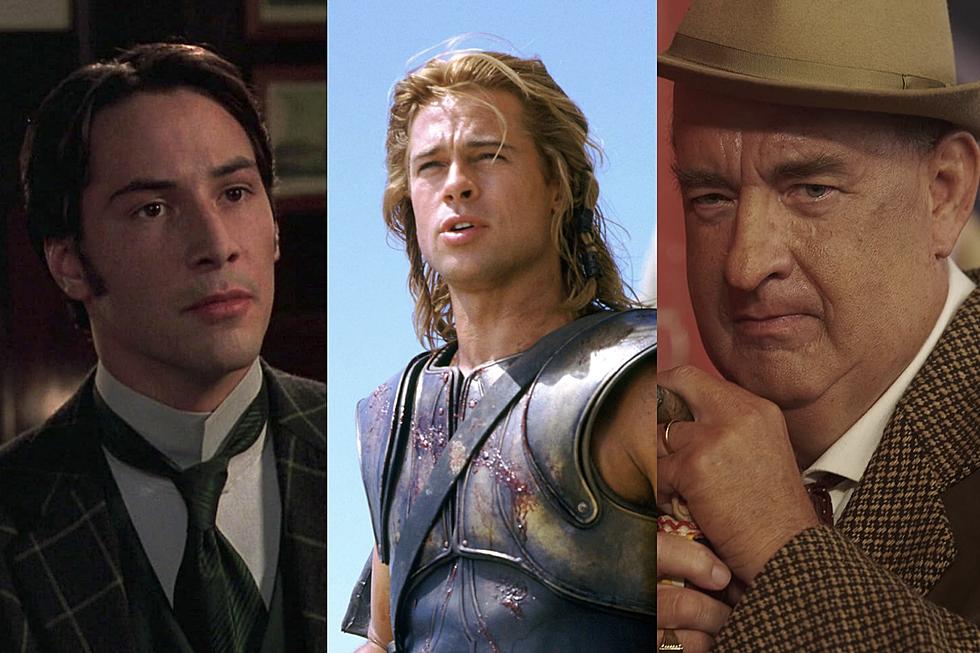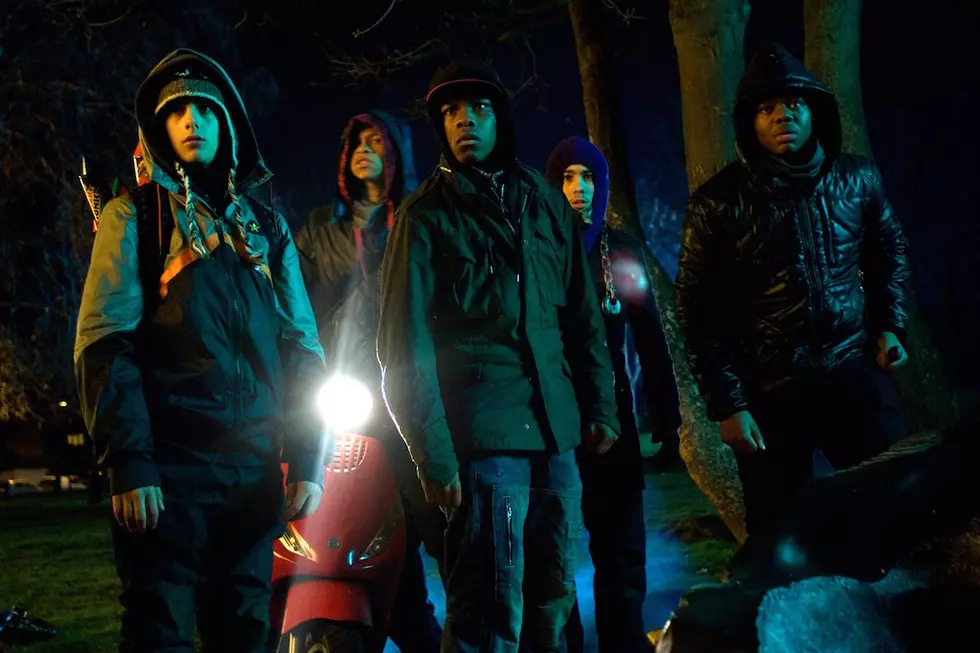
‘The Circle’ Review: Almost as Bad as Social Media Is for Society
In the second act of The Circle, Emma Watson’s painfully earnest protagonist Mae Holland decides to go “transparent” and livestream her entire life around the clock, save for the occasional bathroom break. Throughout these sequences, CGI text boxes appear onscreen to display viewer comments in “real-time,” with half-baked thoughts ranging from “I just ate cheese from last year” to “My girlfriend dumped me.” Those irrelevant and ineloquent comments are the only part of The Circle that feels remotely relevant or entertaining. The rest, like a certain geometric shape, is empty on the inside.
The plot of The Circle, based on the novel by Dave Eggers, could make an interesting premise for a Black Mirror episode — it certainly has some things in common with the Season 3 premiere, “Nosedive.” But director James Ponsoldt’s film, which he co-wrote with Eggers, lacks the bite of Charlie Brooker’s anthology series. Brooker’s stories are as perceptive as they are cautionary, shrewdly exploring our anxious relationship with technology in social and political context. The Circle is the opposite.
Watson’s Mae is a “guppy” working in customer relations at the eponymous corporation run by Eamon Bailey and Tom Stenton, a pair of boundary-pushing innovators played by Tom Hanks and Patton Oswalt as Bizarro Jobs and Woz. We know woefully little about Mae, whose character is never really developed beyond a brisk intro to her pre-Circle life: She works at a call center, her car is a piece of crap, her dad (the late Bill Paxton in a truly unfortunate final role) has MS, her childhood friend (Boyhood’s Ellar Coltrane) is nursing an unrequited crush, and her hobbies include kayaking, and seemingly nothing else. Her best friend is Annie (Karen Gillan), an elite and hyperactive member of the Circle who helps Mae land an interview at the corporation’s ridiculously luxe campus — like a genetically-modified super-baby hybrid of Google and Apple.
During her interview, Mae is subjected to a word-association lightning round in which she’s asked what scares her most. Without hesitating, she says, “Unfulfilled potential,” an answer that could just as easily describe The Circle itself. The first 30 minutes of the film are like porn for tech enthusiasts; finally, something approximating an inciting incident arrives when Hanks’ Bailey introduces SeaChange, a small, portable webcam that is easily camouflaged and can be stuck to anything, anywhere in the world, and costs as much as a pair of jeans. Bailey believes that living a transparent life — fully recorded and documented for the world to see — will ultimately lead to more accountability, that we are our best selves when we’re being watched.
In the blink of an eye — literally, because neither the film nor Mae ever pause to contemplate any of this — Mae is drunk on the company Kool-Aid, and before you know it she’s espousing the virtues of a transparent society and preaching about things like “the full will of the people” and “true democracy” like a cheerful, low-key dictator. The Circle’s increasingly dubious technological ideals inspire a series of innovations that culminate in what should be the film’s climax — if it had any sense of structure, tension, or suspense. Instead, The Circle is Black Mirror for Dummies.
Despite a rapidly escalating plot, The Circle lacks any momentum, a problem that’s only made worse by woefully underdeveloped characters delivering painfully earnest and stilted dialogue. Bailey and Stenton speak only in sophomoric thesis statements, while John Boyega’s elusive employee (who has a not-so-shocking secret) is reduced to a plot device that never pays off. Like most of the supporting cast (including the great and oft-underutilized Nate Corddry), Boyega mainly functions to provide a series of reaction shots, like living emojis — or, in the Circle’s customary and dreadfully simplistic ratings parlance, a happy face or a frowny face. As for Ellar Coltrane, he gives a performance so flat that it barely constitutes “one-dimensional.”
With an aesthetic that looks like a J.C. Penney back-to-school catalog inspired by Spike Jonze’s Her, The Circle is basic in concept and execution. With four good films under his belt, James Ponsoldt has had an enviable career so far. With The Circle, Ponsoldt hasn’t just made his first bad film; he’s made what could very well be the worst film of his career. But if Tom McCarthy’s leap from The Cobbler to Spotlight has taught us anything, it’s that perhaps the best thing to come out of The Circle will be whatever Ponsoldt does next.
More From ScreenCrush









